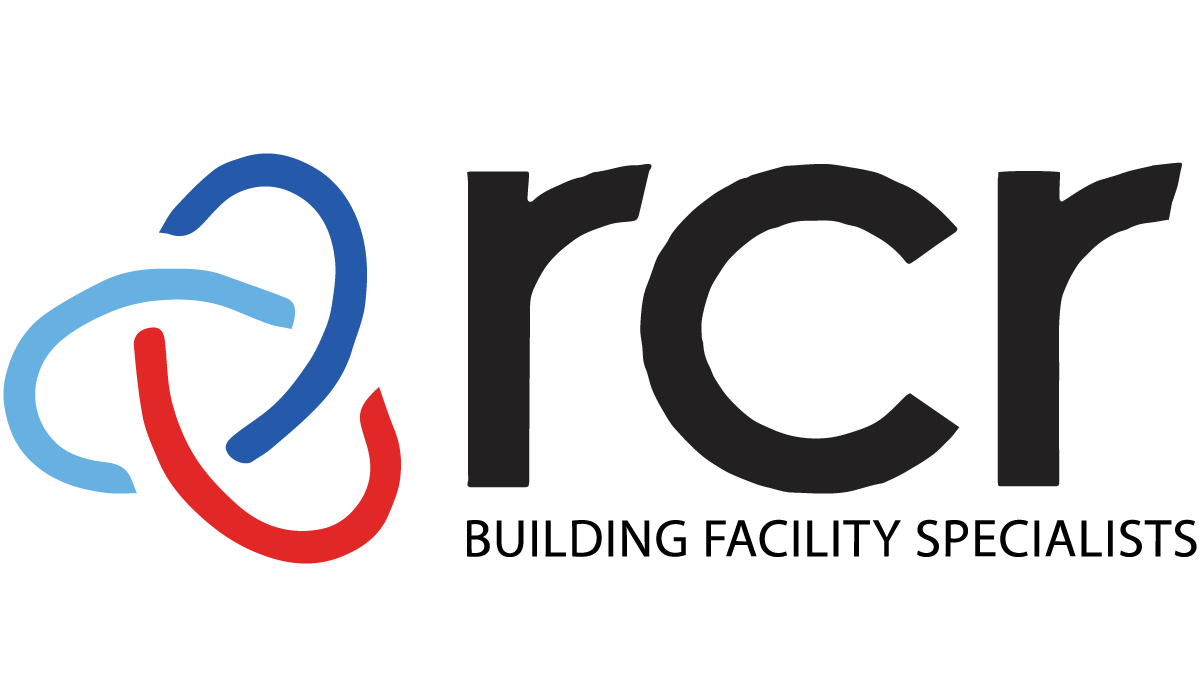Kitchen extraction and ventilation: Why is it important?
In commercial kitchens, and to a lesser extent, the humble household kitchen, it’s important to have systems in place to remove smoke, odours, gases, particles and even heat. These are known as kitchen extraction and ventilation systems. In your standard residential kitchen, you would use a simple extraction fan or perhaps even a rangehood above your cooking area. But in commercial kitchens, the space is not only larger but there’s a lot more cooking activity going on.
This means you need to have proper commercial kitchen extractors and ventilation systems in place. For the benefit of your customers, and indeed your staff, here’s what you need to know about kitchen extraction and ventilation.
What is a kitchen extraction and ventilation system?
In many ways, commercial kitchen extraction systems are much like the rangehood you see in residential kitchens. Except they are a lot larger because there is so much more activity occurring over a larger area. Some commercial kitchen extraction fans even look like a normal rangehood, while others are more complex and might stretch along an entire wall of the kitchen.
In a commercial setting, the extraction system is primarily used to draw heat from the kitchen and send it outside of the building through a series of ducts and vents. However, while they’re great at removing heat and making the kitchen more comfortable to work in, commercial kitchen extraction systems also include high-performance filters that help to remove particles, grease and other contaminants from the air.
Are kitchen extraction systems compulsory?
The simple answer here is “yes”. If you operate a restaurant or other type of commercial kitchen, you need extractor fans or an acceptable way to move air from inside the kitchen to outside the building. In fact, if you don’t have a kitchen extractor, you may not even be given planning approval to open your business.
In order to meet building codes, and also hygiene standards in New Zealand, a commercial kitchen must have an effective way to remove cooking fumes and other contaminants from the air. Typically, this involves the use of a kitchen extraction and ventilation system.
What health risks does kitchen ventilation address?
When you work in a confined space such as a kitchen, heat builds up very quickly. If you’ve got a few people in there, as well as all of the cooking and appliances that are running, the room will heat up quickly and become extremely uncomfortable to work in. So, one of the jobs of kitchen ventilation is to remove hot air from the space and retain a more comfortable temperature.
In terms of health issues though, respiratory issues are the main concern. Constantly breathing in fumes or gases is one thing, but kitchen air often carries a lot of airborne particles that can cause respiratory issues. Your extraction system is designed to remove these particles from the air, creating a healthier environment to work in.
In some instances, people can experience skin or eye irritation also, caused by the fumes, odours and particles in the air. An extraction fan can provide relief in this area.
How does a kitchen extraction fan remove grease?
You may think of grease as being a thick product that’s left on surfaces or walls after cooking. However, grease on your walls isn’t always a result of splashing. When frying food, grease can evaporate and end up on your walls and other surfaces. Obviously, this is a terrible look, but it’s also very bad for food hygiene and safety.
A quality kitchen extraction system includes filters, so any air that’s thicker due to the presence of grease particles is drawn into the vents and extracted out of the building. The filters catch the grease (and other particles), ensuring your walls and surface stay clean. As you can imagine, these filters can become clogged with grease quite easily, so they need regular cleaning to ensure your extractor continues to work effectively.
Does kitchen extraction improve the customer experience?
We would have to say that kitchen extraction improves the customer experience in multiple ways. Firstly, the food you serve is much more hygienic, therefore the customers enjoy better food. But also, in restaurants where the kitchen is quite close to the dining area (or even open-plan and seen from the dining area), you want to ensure all odours and heat are extracted quickly. This stops the smells, heat and unclean air from moving into the dining room and irritating your customers.
If you’d like to know more about professional kitchen extraction and ventilation installation, contact the team at RCR today. We’re your HVAC experts in New Zealand.




